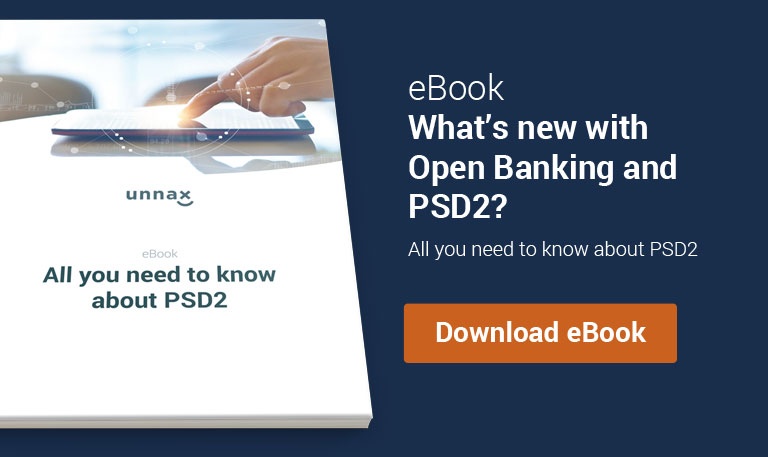The beginning and growth of the digital economy in companies has led to new business models, as well as changes in the way existing companies and their consumers do things. In fact, digital phenomena like the Internet, smartphones and tablets, social media and mobile apps are characteristic of a whole generation: millennials, the young people who came of age at the turn of the century, whose worldview and daily life are intimately tied to these tools.
The way millennials use new media (for example, according to a study by consulting firm Accenture, 94% use online banking) is an opportunity for any company: an opportunity to learn more about their consumers in order to better serve them. But not only are digital natives using new technology more. Use is also growing among previous generations, which are starting to see the benefits of getting on the digital bandwagon.
FinTech products to seduce consumers
With that said, it is easy to conclude that online transactions will soon be a reality for all businesses (in any sector, not just for large companies but SMEs and freelance professionals, too) that haven’t yet made the digital leap. With this transition, companies will need FinTech products to offer their consumers. This will set them apart from the competition and make their offering more attractive to a large segment of the public.
But companies will also turn to FinTech products in search of secure transactions. Secure in several ways: ensuring the client is who they say they are, that sensitive data is kept safe while being transferred, and that the client is solvent, for example. The latter is one of the things the Unnax bank reader can analyse.
Bank reader as a source of useful information
As we all know, information is power. Having enough of the right data can have a positive impact on strategic decision-making in our business. This is one area in which the Unnax bank reader can help clients. How does it work? This engine allows companies who use it to read clients’ bank accounts and get information on their finances. This way, the enterprise can analyse the client’s risk level and gain in-depth knowledge to help them, for example, personalise services (consumption habits, payment patterns, etc.).
It is so easy to use, we can explain it now: once we have integrated the APIto be used, we launch a reading request that sends out the list of banks we want to read. We start a session for each of the chosen banks (you can open a session for several institutions at the same time). The tool gives us back a breakdown of all the data obtained from this reading in just seconds.
Changes under the new EU directive
The advantages of using the bank reader engine lie in the possibility of verifying account balances (current and available) and seeing the movements through the account. Plus, we get this information in real time, as many times as we need and request it. And, finally, with the understanding we gain of clients’ consumption and payment habits (with categorised data), we can analyse risk, adapt offers and make informed decisions.
One point of note is the new PSD2, the EU payment services directive that aims to not only create a regulatory framework but also promote transparency and competition in the financial services sector. Bank readers like that offered by Unnax fall under one of the possibilities under this new framework: registering as an account information service provider (AISP), under what is known as third-party payment service providers (TPP). This authorises us to use bank details to analyse a user’s financial behaviour or compile information from several banks to get a global overview.
The rules of the game have changed and they can help you boost your business. Ready to get started?








